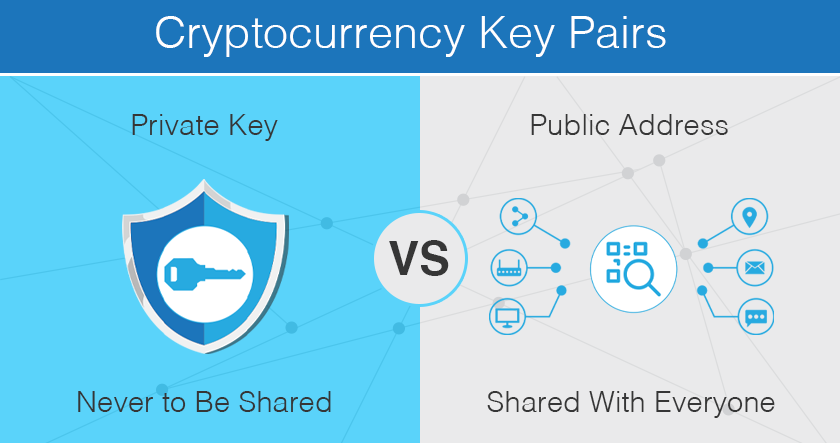You have probably heard the terms “public key” and “private key” bandied about when referencing blockchain technology and cryptocurrency, maybe knowing little about what they actually are. If you are new to crypto, with the intent of investing and holding ever-greater amounts of crypto coins such as Ether (Ethereum crypto), Bitcoin or Dogecoin, to name a few, this will become vitally important.
Let’s Begin with Why
For just a moment, think about placing your valuable assets in a bank vault box. Many times, it requires both your key and the bank’s key before the box can be slid out and opened. This is much the same with securing cryptocurrency, but all done in cyberspace. Those keys are algorithmic encryptions which we’ll get to in a moment. The ‘why’ is all about protecting what could amount to a sizeable investment in cryptocurrencies.
Bear in mind that value will fluctuate, but some cryptos are steadily climbing after brief plateaus or valleys. To better understand this, track the Ethereum Prices Index on okx for a day or two. You will probably notice that it reaches higher values after brief periods of plateauing out or losing a bit of value. The point being, your investment will likely grow over time and even if it remains stationary, you want to guard your assets. That’s why. Now let’s look at the basic difference between public and private keys.
Types of Encryptions – Symmetric and Asymmetric
Without going all techie on you, let’s just say that there are two types of encryptions used which are classified as symmetric and asymmetric encryption. Without talking about the math in algorithmic encryptions, we can use a very simple explanation.
Think about that example above regarding the bank vault. Two keys are required to open the box, the bank key (public key) and your personal key (private key). This type of encryption is called asymmetric because it takes two keys to unlock or reference data. The 2-key encryption is called a public key. One party to a transaction has one key and the other party has a totally different key.
Now then, symmetric encryption still requires two keys, one on the sending end and one on the receiving end. The difference is that both are exactly the same. It’s like you having a key to your automobile and your spouse having a duplicate.
The Secret Key
However, the above information isn’t really complete until you understand the public keys are transparent and visible to everyone just as the bank’s key could be used by any bank employee to get you into your vault. Your private key, in this instance, is often referred to as a “secret key” and should not, at any cost, be shared with anyone. This is like hiring armed guards to protect your valuables. It offers the highest level of security, thus, your private key is your secret to hold.
Although the above allegorical examples are extremely basic, they can give you a better understanding of just what public and private keys are, how they are used, and why they are important.
As a word of warning, if you lose your secret key, your assets are gone forever. There is no way to unlock an asymmetrical encryption unless you have that secret code that unlocks the door to your stored wealth.

